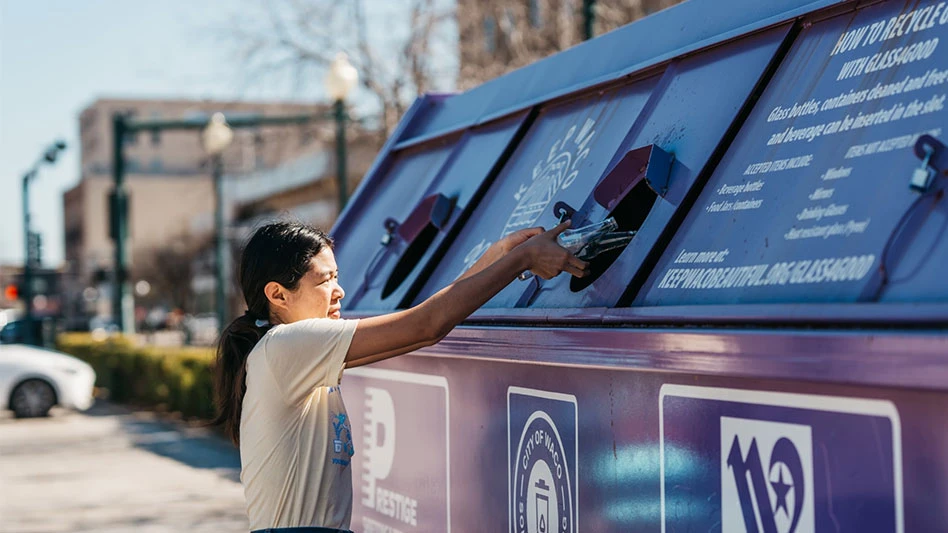
Exporters from the United States and Europe must not only put quality at “the top of every business agenda” when supplying recovered fiber to Asia, but also increase their focus on the specific quality requirements of the individual receiving country, observed Ranjit S. Baxi of U.K.-based J & H Sales International in his final meeting as the BIR Paper Division’s president before handing over the reins to Reinhold Schmidt of Germany’s Recycling Karla Schmidt.
Baxi noted by way of example that China operated with its own long-established material classifications; and while consumers in that country did not expect foreign suppliers to achieve zero prohibitive materials, neither were they prepared to accept 10 percent wax-coated paper, for instance.
Baxi observed that China’s annual recovered fiber imports topped 30 million metric tons for the first time last year, and that this growth “is going to continue;’ the total of 30.08 million metric tons for 2012 compared to 27.28 million metric tons in the previous year.
However, an increase in domestic collections meant that imports now accounted for around 40 percent of China’s recovered fiber requirements, compared to more than 48 percent in 2005, it was pointed out by Minnie Kong, associate economist for fiber at RISI. While China’s “Green Fence” policy was temporarily hurting exporters in the United States and Europe, it was also creating problems for Chinese mills that rely on imports, she noted.
On a brighter note, Kong insisted that recovered paper demand would continue to grow throughout Asia. Over the next year or so, “OCC will register the largest tonnage gains,” she continued. “Mixed paper usage may also grow as the cheaper substitute for OCC and other grades. Demand for high grades in making printing and writing paper and white tops may also increase, she said.
However, somewhat less positive news was contained in the European market reports delivered by Jaroslav Dobes of Remat SRO in the Czech Republic and Jean-Luc Petithuguenin of Paprec in France. Fiber prices and collection volumes remained under pressure in many instances, it was suggested.
Furthermore, the European Recovered Paper Association’s Environmental and Technical Director Ross Bartley confirmed ongoing obstacles to securing end-of-waste status for recovered fiber at the EU level. Guest speaker Daniel Guillanton, export manager at SITA Negoce, emphasized that achieving this end-of-waste goal would be helpful not only in terms of managing quality, but also for improving record-keeping. “We want recycled paper not to be considered as waste anymore,” he said.
Fellow guest speaker Alan Bog, commercial manager, Asia for Euroports Asia Terminals, acknowledged that recovered paper exporters face “bottleneck” issues when shipping their orders overseas, such as irregular supply of equipment, surcharges and the “whims” of carriers, and uncertainty over transit times owing to slow-steaming and multiple stops.
Also announced in Shanghai was the latest winner of the BIR Paper Division’s Papyrus prize, conferred on a company or individual for their contribution to paper recycling. The award went to Cheung Yan, chair and founder of the world’s largest recovered paper-based paper manufacturer, the Nine Dragons Group.
The 2013 BIR World Recycling Convention & Exposition was at the Pudong Shangri-La Hotel in Shanghai May 27-29.
Get curated news on YOUR industry.
Enter your email to receive our newsletters.
Latest from Recycling Today
- Cards acquires National Waste of Tulsa, Oklahoma
- Defra updates Digital Waste Tracking policy
- Star Plastics, Trivalence Technologies set to merge
- RecyClass updates Design for Recycling Guidelines, Recyclability Evaluation Protocols
- Motion opens new branch in Quebec
- Researchers consider recycling lottery outcomes
- Veolia plans large-scale plastics recycling facility in UK
- Ecore acquires New York tire processing firm





